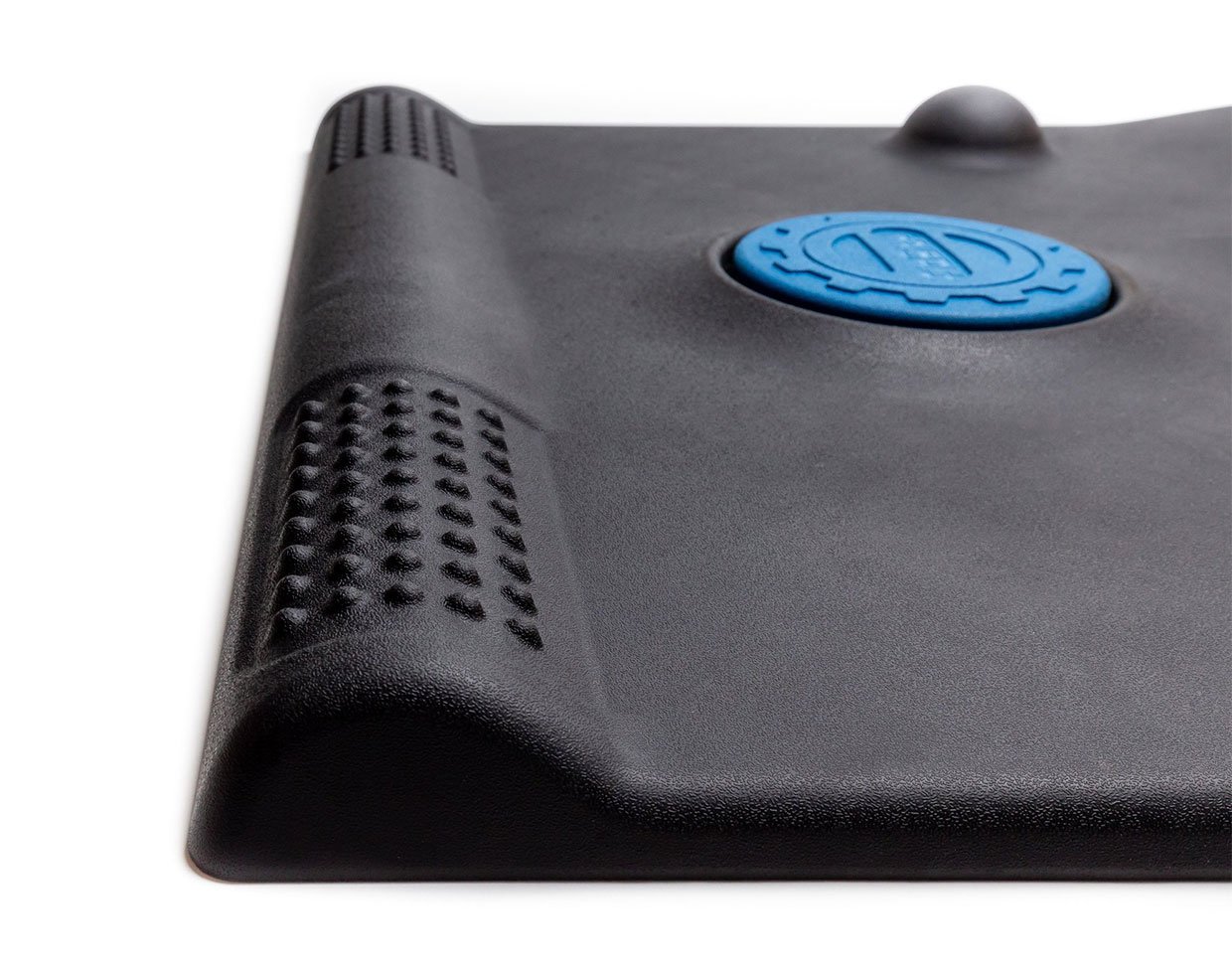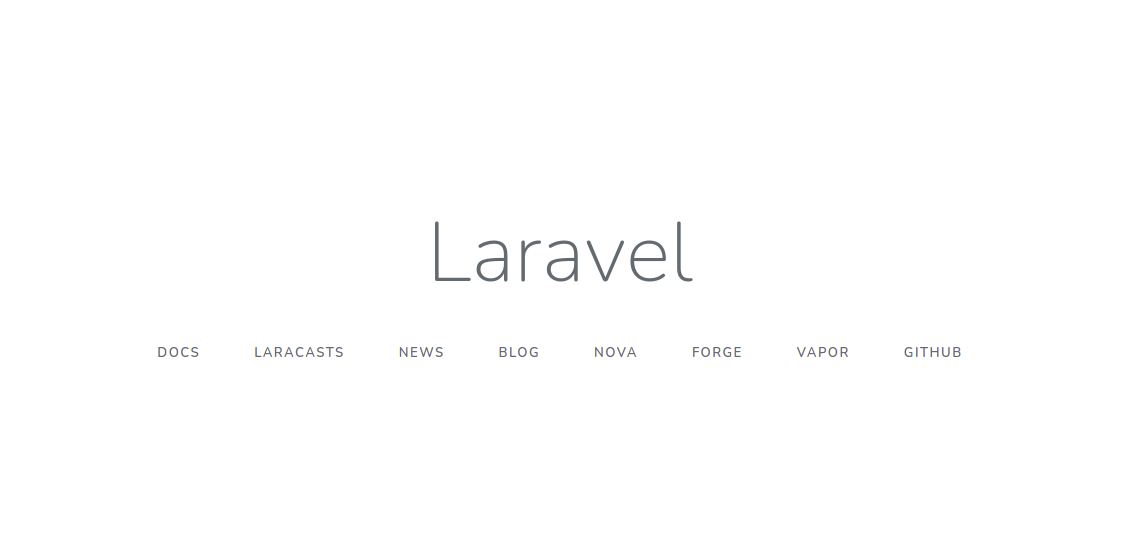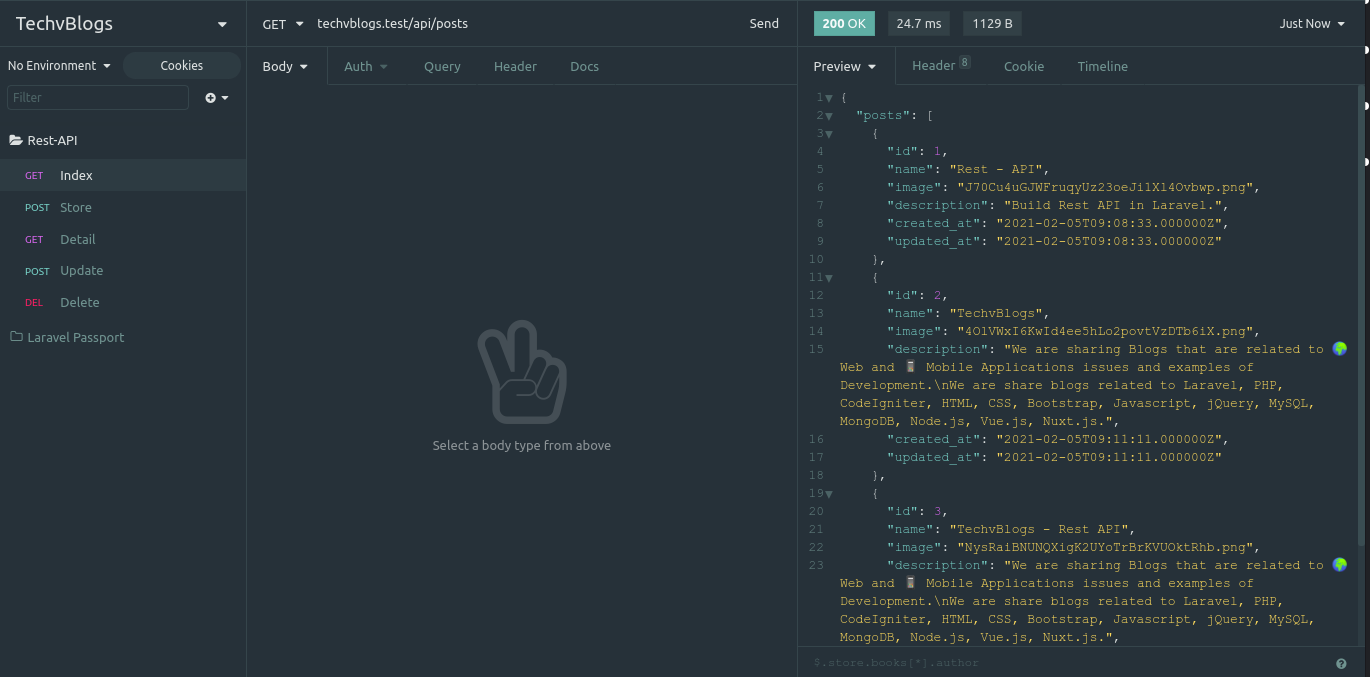10 Best Advanced Python Cheat Sheets
https://ift.tt/37rlhMC
Hey Finxters! I have another set of cheat sheets for you! This time, I am going to focus on the more advanced aspects of Python and what you can do with it! As you know Python is a flexible language used in web development, games, and desktop applications. I am not going to waste too much of your time so let’s hop right to it and dive into these more advanced Python cheat sheets!
Cheat Sheet 0: Finxter Full Cheat Sheet Course
Cheat Sheet 1: DataQuest
This cheat sheet is from DataQuest and it shows all of the intermediate Python
Regular expressions, date/time module, and counter. This is one you will want to have pinned to the wall or in your developers binder to keep handy as you work.
Pros: Great for budding Python developers, keep it handy as you work.
Cons: None that I can see.
Cheat Sheet 2: DataCamp

It is important to know how to import data during your career no matter what stage you are at. As an intermediate Pythoner, you should keep this cheat sheet handy when working an entry level job of data entry and developing you own projects.
Pros: Great for learning importing data sets in Python.
Cons: None that I can see.
Cheat Sheet 3: DataCamp

You have to import data and you have to be able to plot it as a visual representation for businesses to understand and use to their benefit. This cheat sheet will help you to learn matplotlib and write some amazing graphical visualizations with Python.
Pros: Great to have for matplotlib development.
Cons: None that I can see.
Cheat Sheet 4: GitHub

This cheat sheet is for Machine learning and one you will want to keep in your developers binder as you work. Machine learning and Python go together like peanut butter and jelly, and Scikit is going to be your best friend. If your developers journey takes you to machine learning then make sure to keep this cheat handy for yourself.
Pros: Scikit is easily learnable with this cheat sheet
Cons: None that I can see.
Cheat Sheet 5: DataCamp
SQL is a database system used in programming for all kinds of data sets and is extremely scalable. Keep this cheat sheet handy to you! BI and other business applications rely on you being able to use SQL!
Pros: Rated ‘E’ for everyone. Easy to read and implement
Cons: None that I can see.
Cheat Sheet 6: Pytorch
This cheat sheet is more a tutorial that will teach you pytorch for deep learning projects. Here you will get hands on practice on pytorch.
Pros: You will get a deep understanding pytorch and how it used
Cons: It is an online tutorial.
Cheat Sheet 7: DataCamp

Yet another from Datacamp!! This one is called SpaCy and allows you to understand the natural text from documents. This is one I have in my development folder and is used for Natural language programming.
Pros: Rated ‘E’ for everyone.
Cons: None that I can see.
Cheat Sheet 8: Ask Python
This cheat sheet is also more a tutorial for you to learn image processing in Python. The best way to learn is to get your hands dirty! Ask Python is good for doing that so you can learn what you need to and boost your skills.
Pros: Rated ‘E’ for everyone.
Cons: None that I can see.
Cheat Sheet 9: TutorialsPoint
This cheat sheet is also a tutorial on learning database access with Python. This is an incredibly important skill when you freelance your skills or end up working for a company at a data entry position.
Pros: Rated ‘E’ for everyone. This tutorial is one I have used myself! It includes code snippets to learn from.
Cons: It is a tutorial, not a cheat sheet to print.
Cheat Sheet 10: FullStack Python
This is also a tutorial for you to learn from. This particular cheat sheet discusses Deployment of web applications in Python!! It has explanations that go into depth with tools, resources and learning checklist which is started off with an introductory on deployment what it is and why it is necessary.
Pros: Rated ‘E’ for everyone. This is important to know if you are a Pythoner in Web development.
Cons: Needs to be bookmarked on your browser.
These are the cheat sheets and tutorials I think you will find helpful as a Pythonista developing in your particular field. As you can see this time, I wanted to really give you a wide berth of cheat sheets that intermediate Pythonista use with their career choices. I hope at least one of these cheat sheets or tutorials is useful to you on your journey! Thank you once again for joining me and I can’t wait to see you again! 

Related Articles:
- [Collection] 11 Python Cheat Sheets Every Python Coder Must Own
- [Python OOP Cheat Sheet] A Simple Overview of Object-Oriented Programming
- [Collection] 15 Mind-Blowing Machine Learning Cheat Sheets to Pin to Your Toilet Wall
- Your 8+ Free Python Cheat Sheet [Course]
- Python Beginner Cheat Sheet: 19 Keywords Every Coder Must Know
- Python Functions and Tricks Cheat Sheet
- Python Cheat Sheet: 14 Interview Questions
- Beautiful Pandas Cheat Sheets
- 10 Best NumPy Cheat Sheets
- Python List Methods Cheat Sheet [Instant PDF Download]
- [Cheat Sheet] 6 Pillar Machine Learning Algorithms
The post 10 Best Advanced Python Cheat Sheets first appeared on Finxter.
Python
via Finxter https://ift.tt/2HRc2LV
February 18, 2021 at 10:42AM



































